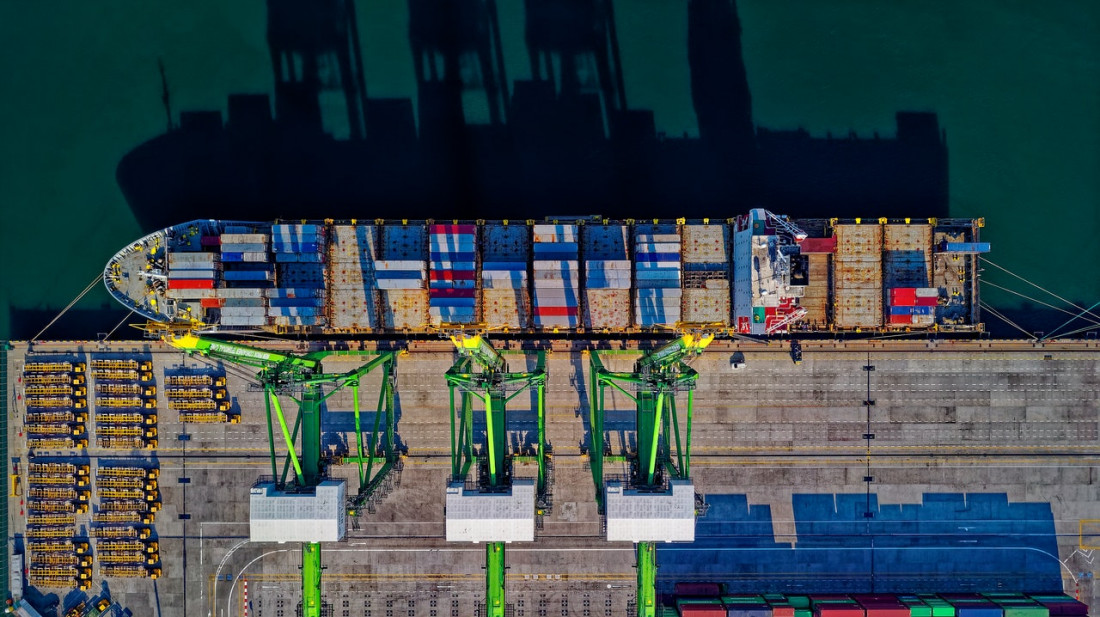With the rapid growth of China, and its increasing dominance of the chemicals industry in the region, it has been all too easy to ignore South Korea’s significance as an economic power house. But it would be foolish not to notice how Korea has developed, as it may well shed light not only on the opportunities available in the Land of the Morning Calm, but also explain how other Eastern economies like China and Vietnam will develop once they have matured.
Certainly Korea is a global big league hitter, with a manufacturing industry equal to US$1.4 trillion, of which, according to a report by the government funded Invest Korea, “the chemical industry accounts for US$152 billion (11.4%).”
Similar to other East Asian countries, Korea has grown quickly out of the rubble of war. This was a war that was not localised, but whose front ran at various times from the very South of the peninsular to the Chinese border in the North. The devastation was immense, as Young-Iob Chung, Professor (Emeritus) of Economics at Eastern Michigan University notes in his study ‘South Korea in the Fast Lane’. He writes, “By 1951, 41% of factories and 44% of production facilities had been destroyed (including 80% of power stations).”
However, once an armistice had been established in 1953, industry started to develop. Large foreign investment during the 1970’s, several sensible governments and a stable democratic society in the South, soon brought success to the Korean chemicals industry. In fact, it increasingly became a key part of the economy as a whole, as Chung further notes, “Chemicals had one of the fastest growth rates [of any industry in Korea]. The annual increase in production was, on average, 23%, resulting in an expansion of its share of GDP from 1.2% in 1962 to 10% in 1986.”
This success was brought on by an expansive construction program developed around meeting demand in synthetic fibres. As noted by James Couper and Roy Penney (both professors of Chemical Engineering at the University of Arkansas) in their study, ‘The Chemical Process Industries Infrastructure’. They note how, “The [Korean] chemical industry began with foreign capital and technology in the 1970’s when full-scale modernisation of South Korea began. From the late 1980’s, the petro-chemical industry grew rapidly as a result of large-scale construction and expansion activities. [Expansion was needed] because of chronic shortages of synthetic resins, synthetic rubber and synthetic fibre raw materials, as well as the rapid building of petro-chemical facilities.”
Furthermore, the Korean economy as a whole blossomed in the mid-eighties, largely based on four events.
- In September 1986, the Plaza Accord was signed, whereby the five major global economies decided to drive down the value of the US dollar. As the Korean currency, the Won, was pegged to the dollar, it also depreciated, making Korean products extremely well priced on global markets.
- The Japanese Yen was strong, making Korea a viable high-tech competitor.
- The publicity of the 1988 Seoul Olympics drew much attention to the country, projecting it as an advanced economy that could compete with Japan in the region.
- There was strong demand for semi-conductors, which was a major Korean export at the time.
Today, many of the factors that drove the Korean economy to success are still present, but now that the Korean cost of living has risen to be one of the highest in the world, the country has had to refocus. The effects of a strong Yen and a successful Olympic Games do not last forever.

